Every SIKLAH piece draws inspiration from the ancient Baroque city of Scicli—UNESCO World Heritage—and its most evocative legends. Each jewel becomes a small monument: a talisman that calls to mind divine protection, the strength of the Normans, and the timeless beauty of golden tuff architecture. The collection, born from a goldsmith’s intuition by Orazio Spadaro and Polina Baryshnikova, unfolds into lines dedicated to Scicli’s most iconic symbols, reimagined in gold and precious gemstones. The brand celebrates legend and Baroque art, offering not just jewelry, but wearable fragments of millennia-old stories.
The name Scicli traces its origins to antiquity: it may derive from Šiclis, an epithet linked to the Siculi—the “Sea Peoples” recorded by the Egyptians as Šekeleš. Built atop a late-Byzantine settlement and later refounded in the Middle Ages, the city became an important trading center under Arab rule before passing to the Normans in 1091. Scicli is renowned for its Late Baroque historic center, rebuilt after the 1693 earthquake and inscribed by UNESCO in 2002 among the “Baroque Towns of the Val di Noto.” Its polychrome façades and tufa-carved loggias tell of a Mediterranean Renaissance where art and legend coexist on a single stage of golden stone.
From this fusion of millennia-old history and architectural beauty comes SIKLAH—a jewelry brand inspired by Scicli’s original name and its singular landscape. SIKLAH creations capture the city’s essence: stone, light, and memory transformed into contemporary designs imbued with ancient meaning. Each piece is a wearable fragment of Scicli—a precious narrative that honors Sicilian roots with elegance and authenticity.
At the heart of Scicli’s lore is the famed Madonna delle Milizie. According to tradition, in March 1091—fifteen days before Easter—the Normans led by Ruggero d’Altavilla clashed with a Saracen army on the Piana dei Milici. The Christian victory was credited to the miraculous intervention of the Virgin, who appeared on a white horse and drove the enemy away. Each year on the last Saturday of May, the historical reenactment and the “Testa di Turco”—a turban-shaped local pastry—commemorate this event.
This protective strength and warrior grace of the Virgin on horseback inspire SIKLAH: hand-sculpted pendants evoking flowers, hearts, butterflies, and serpents, illuminated by petite white diamonds that recall celestial light.
Scicli’s hillside terraces and citrus- and flower-filled embankments inspire unique ornamental motifs; produce grown in greenhouses and rock-hewn gardens lends the irregular forms echoed in SIKLAH’s jewelry line, where gemstones and diamonds rest like clusters on strands of warm gold—an inspiration that journeys from rock to gem.
In the background, San Matteo Hill overlooks the city with the ruins of the Castellaccio and the Castle of the Three Corners—symbols of defense and layered history. SIKLAH jewelry reimagines the essential lines of Norman towers in bold rings and bracelets, infusing each design with an aura of steadfastness and protection.
Scicli’s palazzi and churches—with balconies, putti, and barley-twist columns—inspire SIKLAH’s collections. Delicate yellow-gold scrolls and rubies echo the dynamic perspectives of the Church of San Matteo and Santa Maria La Nova. Each piece is jewelry-as-architecture, capturing the wonder and theatricality of Sicilian Baroque.
Each SIKLAH creation is a small talisman—so you’re not just wearing a jewel, you’re carrying a fragment of collective memory. The brand’s promise—and that of its founders—is to “safeguard the legend” in every gem, transforming tradition into a sensory, emotional experience.
With SIKLAH, jewelry becomes a story—a bridge between the millennia-old city carved in tuff and the modern wearer who chooses to don ancient tales shaped in gold and precious gemstones.
Written by LUCIANO VARNADI CERIELLO
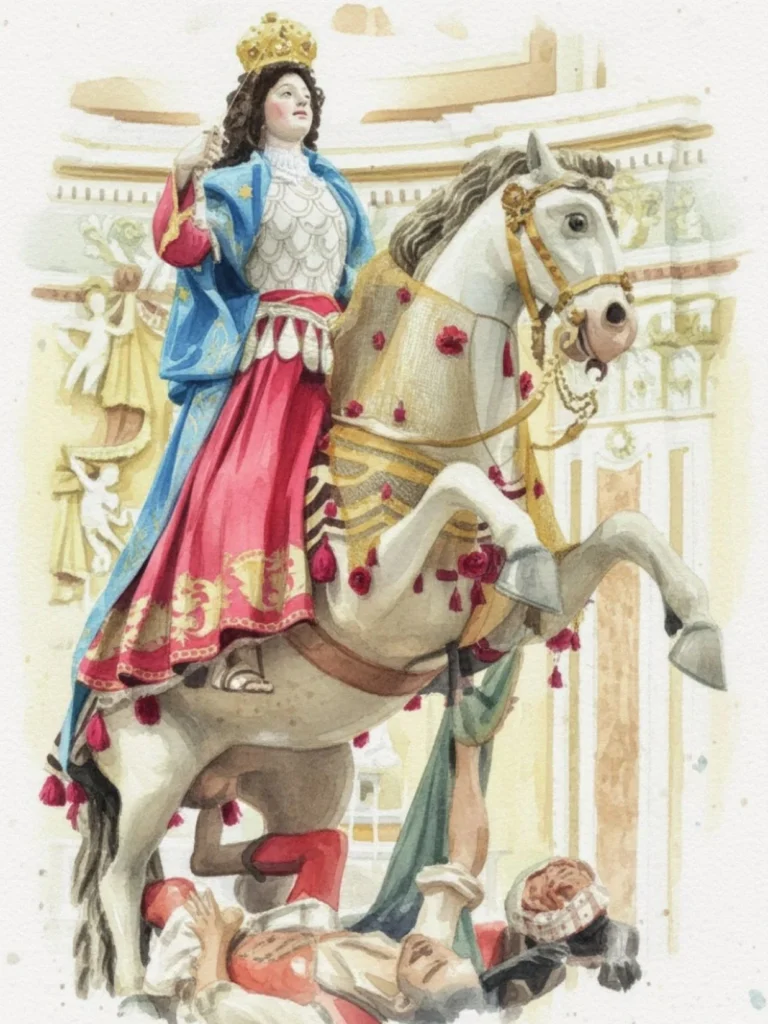
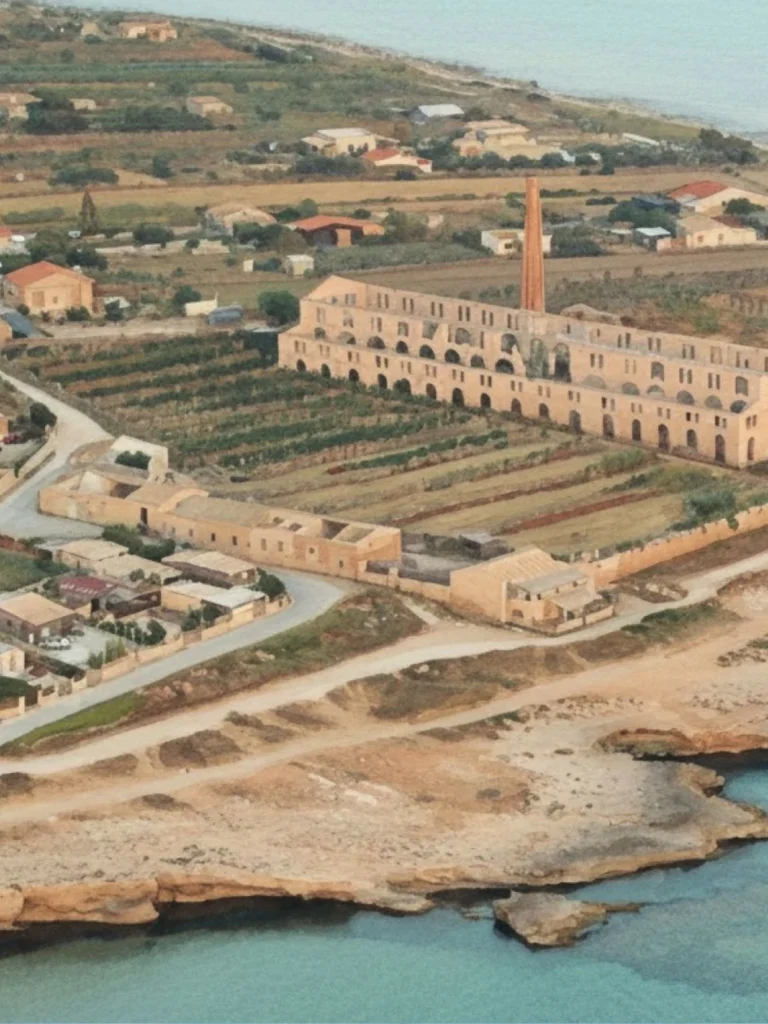
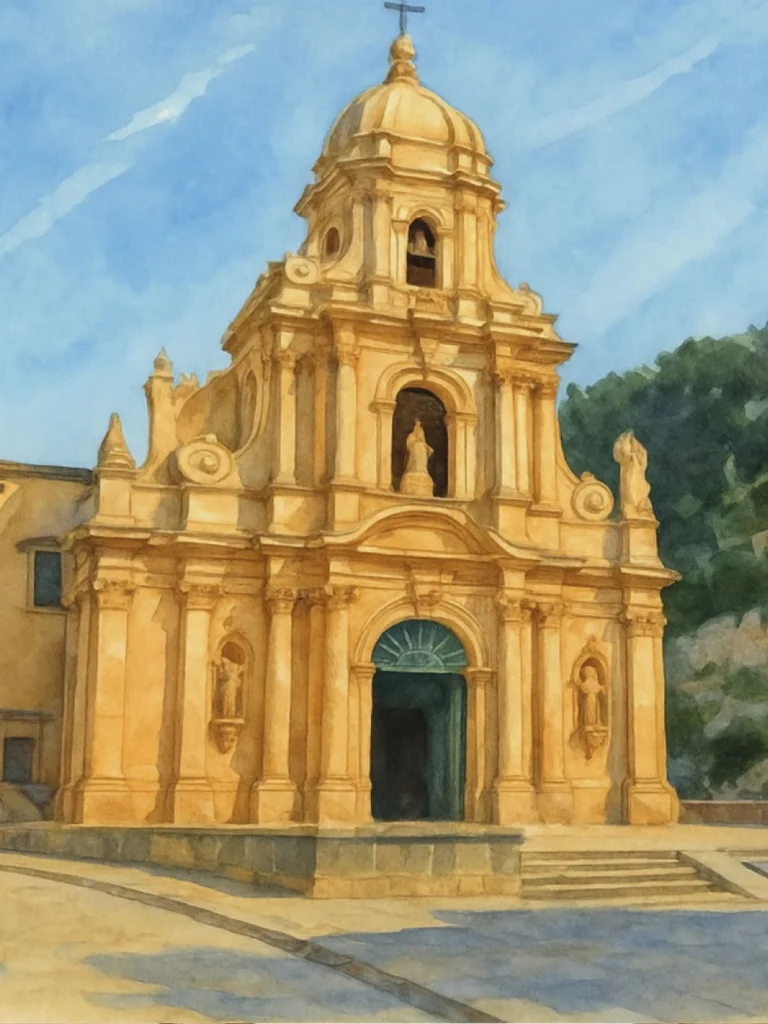
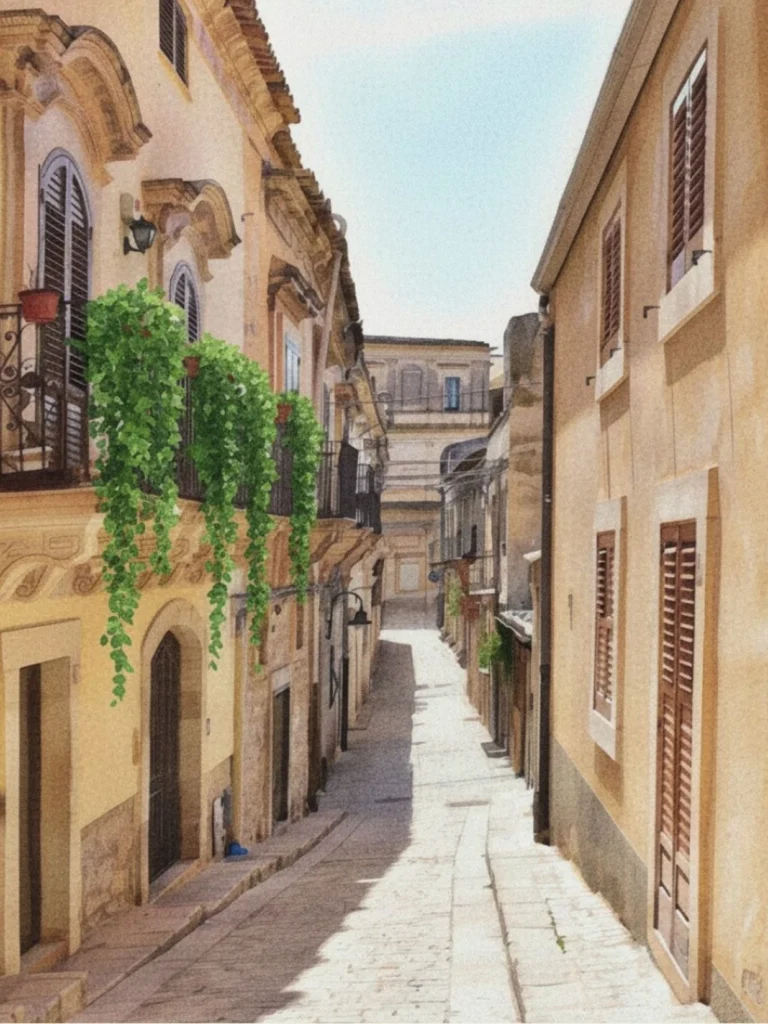
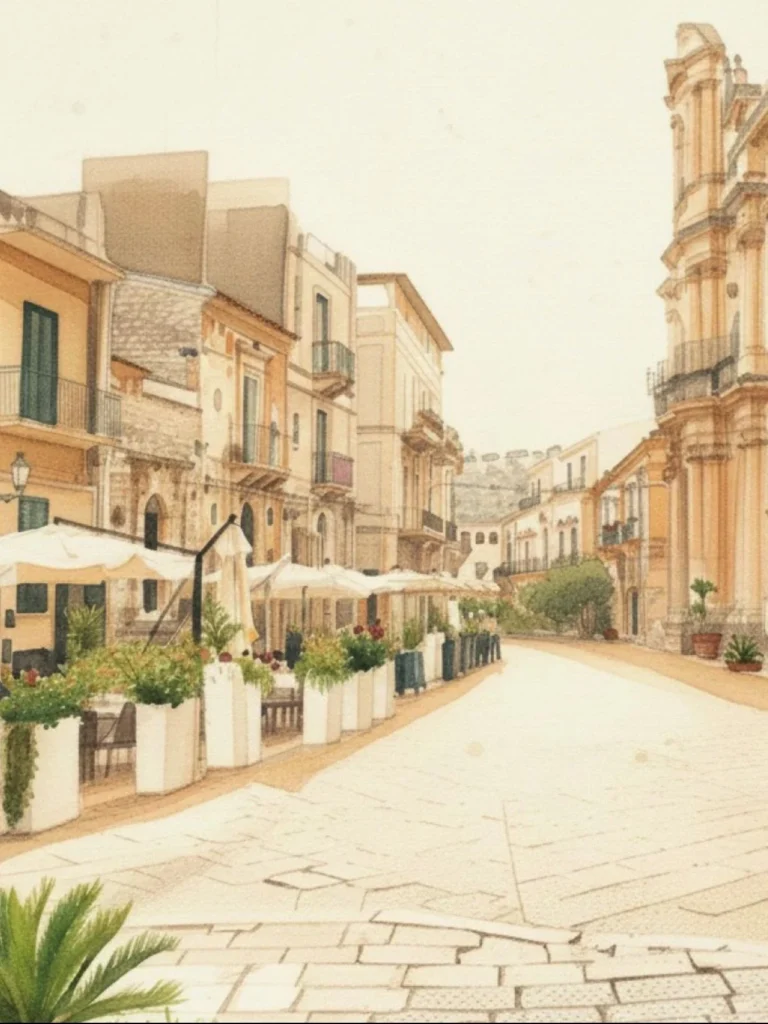
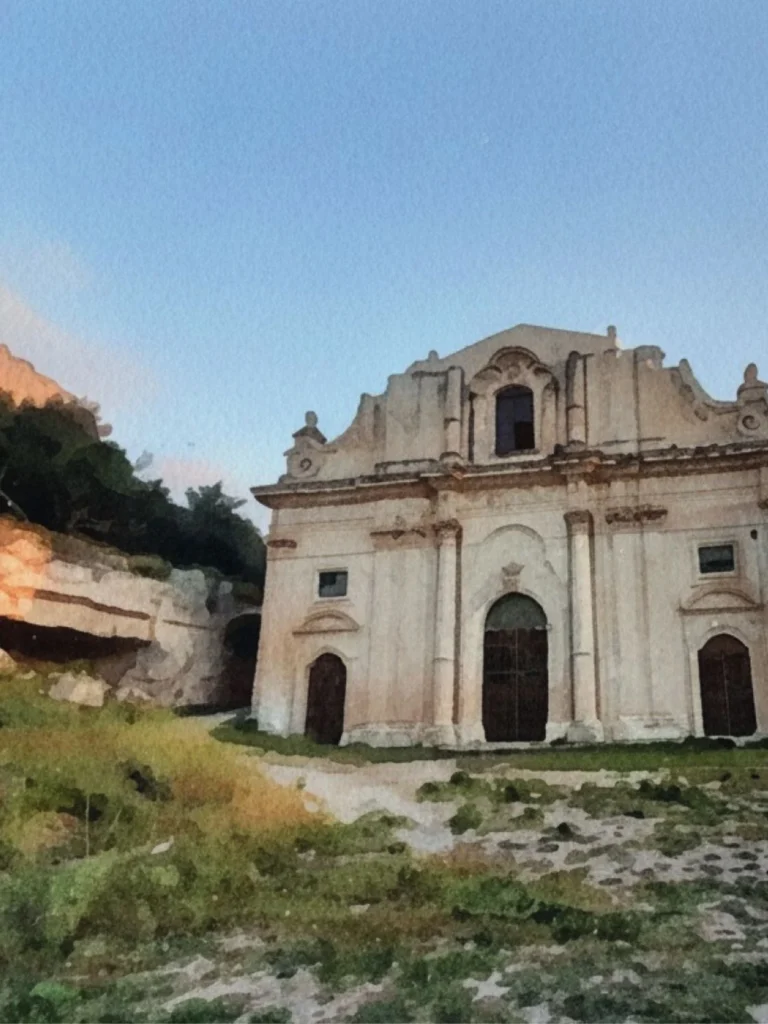

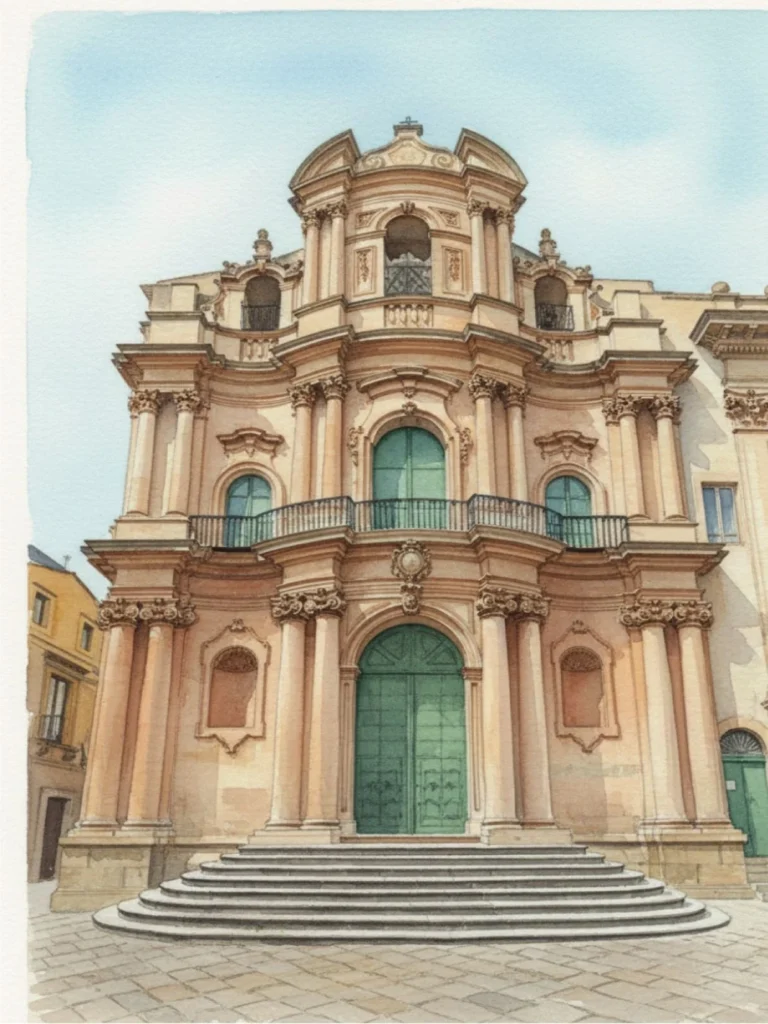

Every SIKLAH piece draws inspiration from the ancient Baroque city of Scicli—UNESCO World Heritage—and its most evocative legends. Each jewel becomes a small monument: a talisman that calls to mind divine protection, the strength of the Normans, and the timeless beauty of golden tuff architecture. The collection, born from a goldsmith’s intuition by Orazio Spadaro and Polina Baryshnikova, unfolds into lines dedicated to Scicli’s most iconic symbols, reimagined in gold and precious gemstones. The brand celebrates legend and Baroque art, offering not just jewelry, but wearable fragments of millennia-old stories.

The name Scicli traces its origins to antiquity: it may derive from Šiclis, an epithet linked to the Siculi—the “Sea Peoples” recorded by the Egyptians as Šekeleš. Built atop a late-Byzantine settlement and later refounded in the Middle Ages, the city became an important trading center under Arab rule before passing to the Normans in 1091. Scicli is renowned for its Late Baroque historic center, rebuilt after the 1693 earthquake and inscribed by UNESCO in 2002 among the “Baroque Towns of the Val di Noto.” Its polychrome façades and tufa-carved loggias tell of a Mediterranean Renaissance where art and legend coexist on a single stage of golden stone.

From this fusion of millennia-old history and architectural beauty comes SIKLAH—a jewelry brand inspired by Scicli’s original name and its singular landscape. SIKLAH creations capture the city’s essence: stone, light, and memory transformed into contemporary designs imbued with ancient meaning. Each piece is a wearable fragment of Scicli—a precious narrative that honors Sicilian roots with elegance and authenticity.

At the heart of Scicli’s lore is the famed Madonna delle Milizie. According to tradition, in March 1091—fifteen days before Easter—the Normans led by Ruggero d’Altavilla clashed with a Saracen army on the Piana dei Milici. The Christian victory was credited to the miraculous intervention of the Virgin, who appeared on a white horse and drove the enemy away. Each year on the last Saturday of May, the historical reenactment and the “Testa di Turco”—a turban-shaped local pastry—commemorate this event.
This protective strength and warrior grace of the Virgin on horseback inspire SIKLAH: hand-sculpted pendants evoking flowers, hearts, butterflies, and serpents, illuminated by petite white diamonds that recall celestial light.

Scicli’s hillside terraces and citrus- and flower-filled embankments inspire unique ornamental motifs; produce grown in greenhouses and rock-hewn gardens lends the irregular forms echoed in SIKLAH’s jewelry line, where gemstones and diamonds rest like clusters on strands of warm gold—an inspiration that journeys from rock to gem.

In the background, San Matteo Hill overlooks the city with the ruins of the Castellaccio and the Castle of the Three Corners—symbols of defense and layered history. SIKLAH jewelry reimagines the essential lines of Norman towers in bold rings and bracelets, infusing each design with an aura of steadfastness and protection.

Each SIKLAH creation is a small talisman—so you’re not just wearing a jewel, you’re carrying a fragment of collective memory. The brand’s promise—and that of its founders—is to “safeguard the legend” in every gem, transforming tradition into a sensory, emotional experience.

Each SIKLAH creation is a small talisman—so you’re not just wearing a jewel, you’re carrying a fragment of collective memory. The brand’s promise—and that of its founders—is to “safeguard the legend” in every gem, transforming tradition into a sensory, emotional experience.

With SIKLAH, jewelry becomes a story—a bridge between the millennia-old city carved in tuff and the modern wearer who chooses to don ancient tales shaped in gold and precious gemstones.

Written by LUCIANO VARNADI CERIELLO